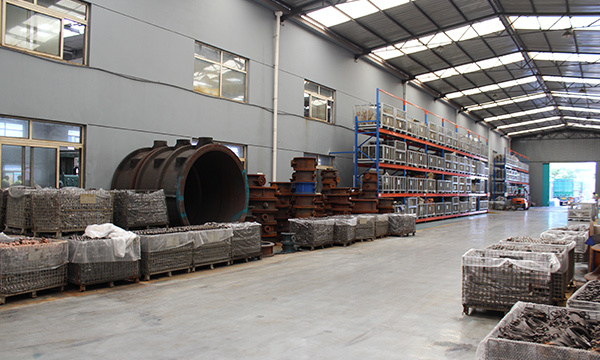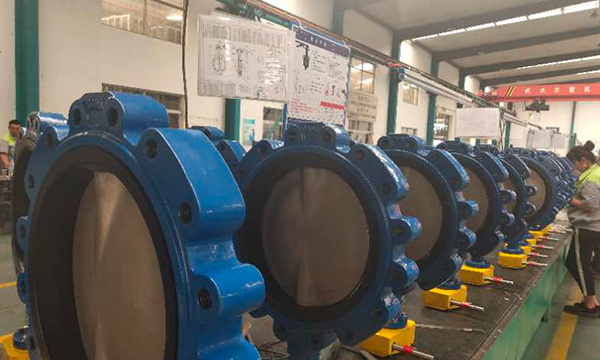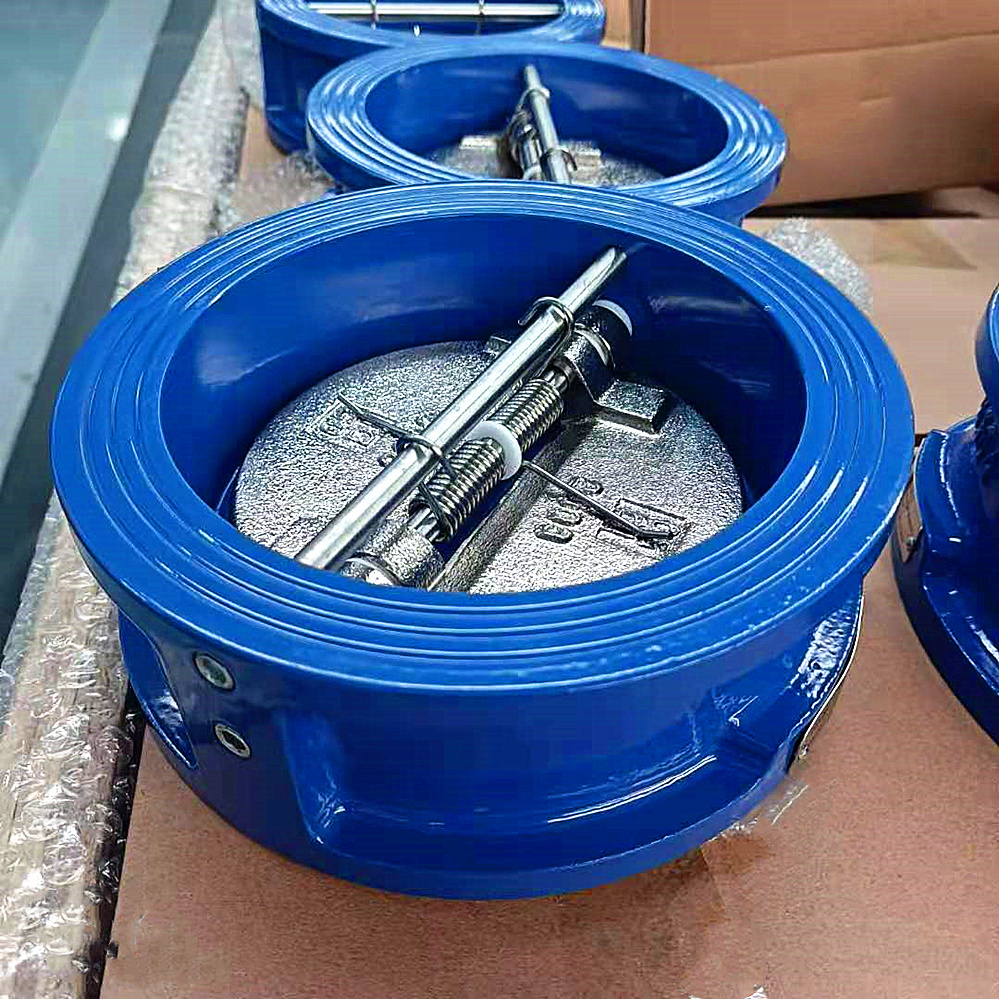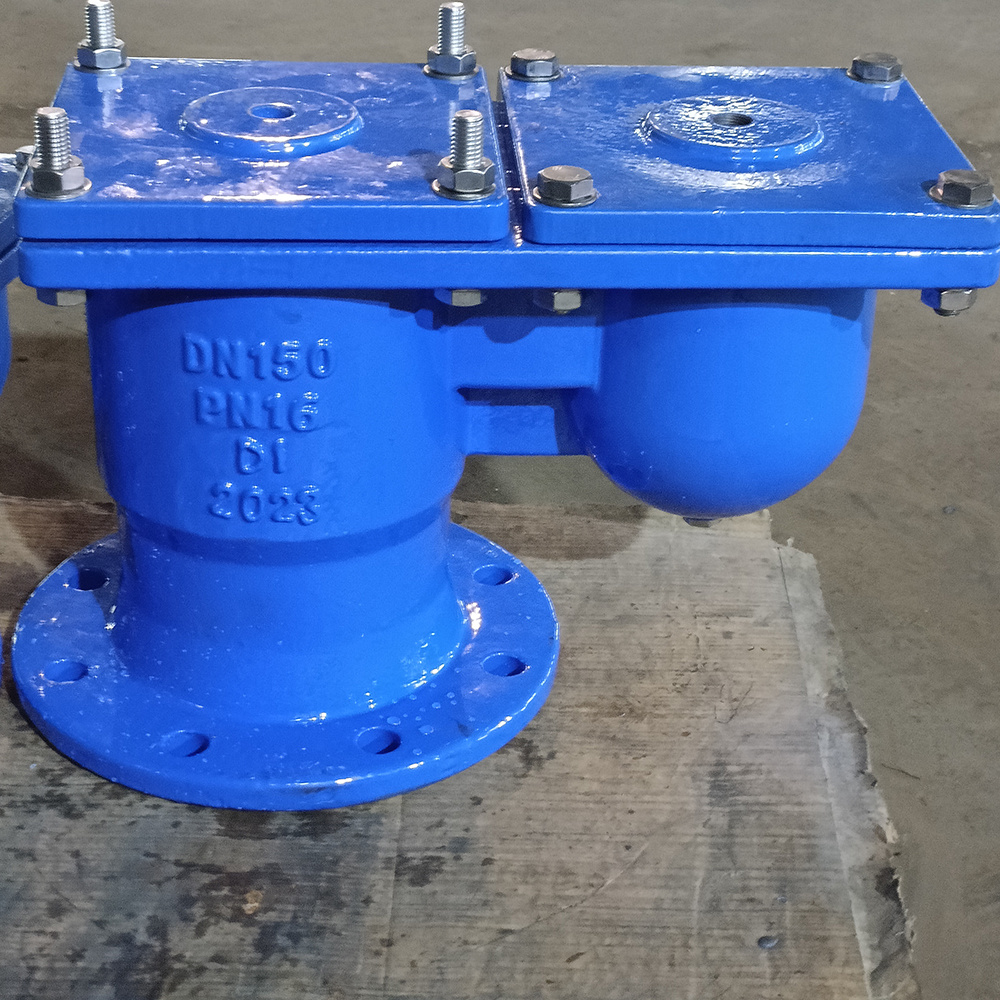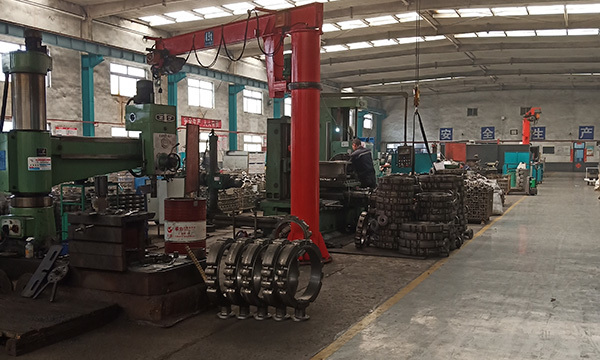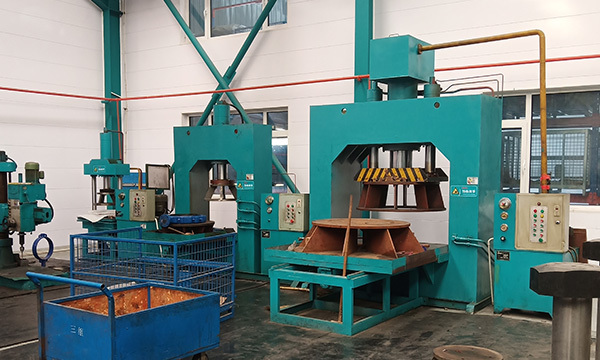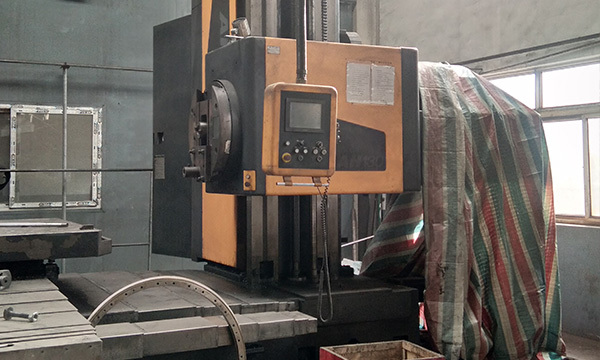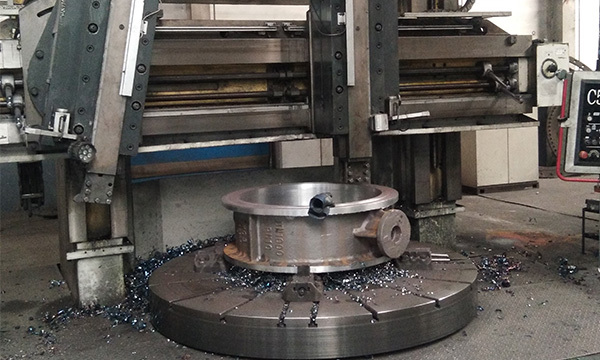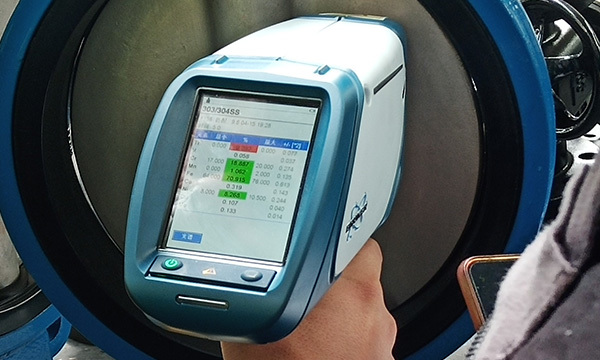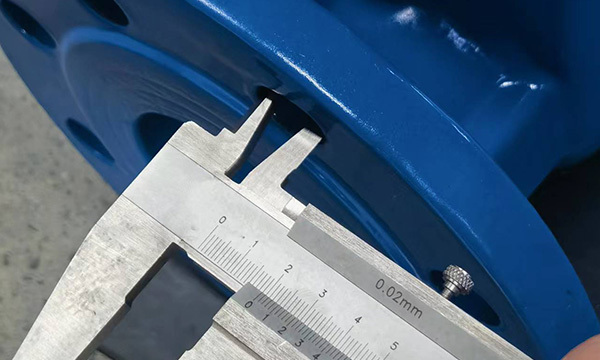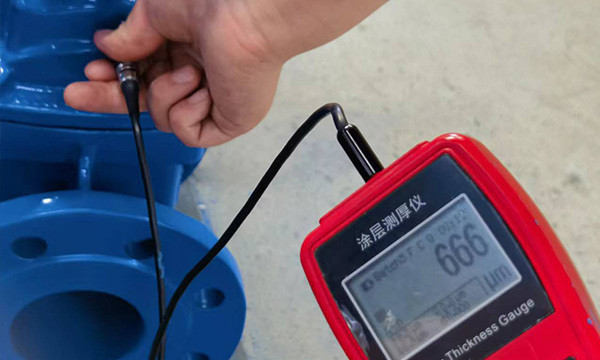Understanding Single Disc Check Valves: A Comprehensive Guide for Industrial Professionals
2025-06-13
Single disc check valves are essential components in various industrial applications, serving the critical function of allowing fluid flow in one direction while preventing backflow. Understanding their design and operational principles is crucial for professionals in the industrial equipment and valve industry.
The single disc check valve is characterized by a simple yet effective design. It consists of a single disc that pivots on a hinge or is mounted on a seat within the valve body. This design allows the valve to open effortlessly when forward flow occurs, while the disc closes automatically when the flow reverses, thus preventing backflow. This mechanism is particularly advantageous in applications where backflow can cause damage to equipment, contamination, or pressure fluctuations.
In terms of applications, single disc check valves are widely utilized in various industries, including water treatment, oil and gas, chemical processing, and HVAC systems. Their versatility makes them suitable for a range of environments, whether handling clean water or corrosive chemicals. When selecting a single disc check valve, several factors should be considered, including the type of fluid, pressure and temperature conditions, and the installation environment.
Maintenance of single disc check valves is relatively straightforward, but it is essential to conduct regular inspections to ensure optimal performance. Operators should check for signs of wear or damage, such as cracks in the disc or seat, and should ensure that the valve seats properly to prevent leaks. Additionally, cleaning the valve periodically can help remove any debris that may interfere with the disc's movement.
When choosing a single disc check valve, it is vital to consider the potential for pressure surges, commonly known as water hammer. Selecting a valve that can withstand these conditions is critical for maintaining system integrity. Furthermore, understanding the flow characteristics of your application will help in selecting the appropriate size and type of valve to minimize turbulence and ensure efficient operation.
In conclusion, single disc check valves are indispensable in maintaining the flow of fluids within various industrial systems. With their effective design and ease of maintenance, they can significantly enhance system reliability and performance. By understanding their operational principles and application suitability, industrial professionals can make informed decisions that contribute to the efficiency and safety of their operations. Whether you are involved in selecting, installing, or maintaining these valves, being equipped with the right knowledge will ensure the longevity and effectiveness of your systems.
The single disc check valve is characterized by a simple yet effective design. It consists of a single disc that pivots on a hinge or is mounted on a seat within the valve body. This design allows the valve to open effortlessly when forward flow occurs, while the disc closes automatically when the flow reverses, thus preventing backflow. This mechanism is particularly advantageous in applications where backflow can cause damage to equipment, contamination, or pressure fluctuations.
In terms of applications, single disc check valves are widely utilized in various industries, including water treatment, oil and gas, chemical processing, and HVAC systems. Their versatility makes them suitable for a range of environments, whether handling clean water or corrosive chemicals. When selecting a single disc check valve, several factors should be considered, including the type of fluid, pressure and temperature conditions, and the installation environment.
Maintenance of single disc check valves is relatively straightforward, but it is essential to conduct regular inspections to ensure optimal performance. Operators should check for signs of wear or damage, such as cracks in the disc or seat, and should ensure that the valve seats properly to prevent leaks. Additionally, cleaning the valve periodically can help remove any debris that may interfere with the disc's movement.
When choosing a single disc check valve, it is vital to consider the potential for pressure surges, commonly known as water hammer. Selecting a valve that can withstand these conditions is critical for maintaining system integrity. Furthermore, understanding the flow characteristics of your application will help in selecting the appropriate size and type of valve to minimize turbulence and ensure efficient operation.
In conclusion, single disc check valves are indispensable in maintaining the flow of fluids within various industrial systems. With their effective design and ease of maintenance, they can significantly enhance system reliability and performance. By understanding their operational principles and application suitability, industrial professionals can make informed decisions that contribute to the efficiency and safety of their operations. Whether you are involved in selecting, installing, or maintaining these valves, being equipped with the right knowledge will ensure the longevity and effectiveness of your systems.
single disc check valve


